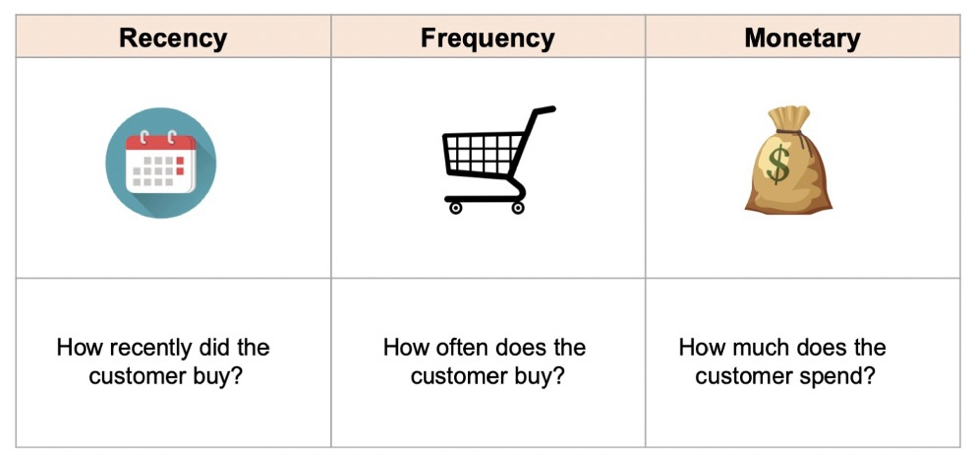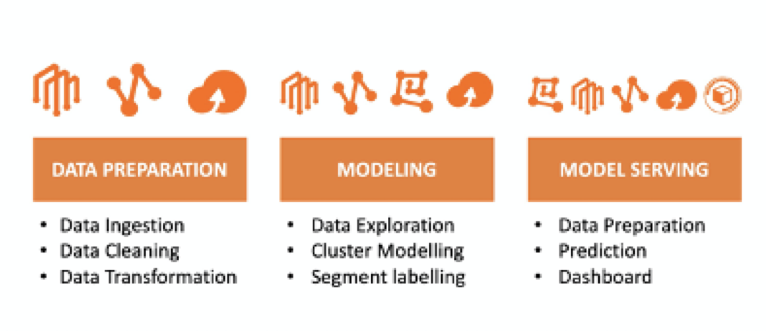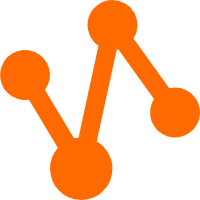Assume we have a department store that sells a variety of goods. We must have a comprehensive understanding of our customers in order to be more effective in our business. In today's dynamic environment, this is particularly so. In order for us to be able to respond:
One way to understand our customers is by conducting customer segmentation. Segmentation is a process of categorizing customers into several groups based on common characteristics. We can use many variables to segment our customers. The information such as customer demographic, geographic, psychographic, technographic, and behavioral are often used as a differentiator to segment our customers.
By enabling customer segmentation in the business, we will be able to personalized your strategy to suit each segment’s characteristics. So that customer retention can be maximized, customer experience can be improved, have better ad performance, and marketing costs can be minimized.
So, how can we do this customer segmentation?
We will be applying unsupervised machine learning techniques to make customer segmentation on the retail dataset. We will use Recency, Frequency, and Monetary (RFM) that proven as a useful indicator of customer transaction behaviors.

We will leverage the following products to build this use case:
We will start by preparing our data and then doing model training, followed by creating a pipeline for serving the model.

Building End-to-End Customer Segmentation Solution Alibaba Cloud
How to Build Customer Segmentation Phase I: Data Preparation
How to Build Customer Segmentation Phase II: Model Training
How to Build Customer Segmentation Phase III: Model Serving
Alibaba Cloud Object Storage Service (OSS) provides you with network-based data storage and access services. OSS enables you to store and retrieve a variety of objects, such as texts, images, audio files, and videos over the network at any time.
This topic describes how to use Alibaba Cloud Data Online Migration to migrate data between OSS buckets that are owned by multiple accounts, located within the same region, or located across multiple regions.

2,599 posts | 765 followers
FollowAlibaba Cloud Indonesia - August 28, 2020
Alibaba Cloud Indonesia - August 28, 2020
Alibaba Clouder - April 20, 2020
Alibaba Clouder - February 1, 2021
Alibaba Cloud Project Hub - March 2, 2021
Alibaba Clouder - May 6, 2020

2,599 posts | 765 followers
Follow OSS(Object Storage Service)
OSS(Object Storage Service)
An encrypted and secure cloud storage service which stores, processes and accesses massive amounts of data from anywhere in the world
Learn More MaxCompute
MaxCompute
Conduct large-scale data warehousing with MaxCompute
Learn MoreMore Posts by Alibaba Clouder